You’ve probably heard the pitch-perfect story: build a deck on Monday, hop on a few calls, and secure your pre-seed by Friday. But if you’ve actually tried to raise money in Africa, you know better. In Africa, the timeline to raise a round isn’t just longer than in Silicon Valley; it’s also filled with more moving parts, delayed decisions, and layered uncertainty. Investors take time to verify markets and teams, and even when you get a yes, disbursement can take weeks.
Whether you’re pitching angels, applying to accelerators, or engaging VCs across borders, understanding the real fundraising timeline is critical. Not just so you don’t run out of runway, but so you can plan, pace, and protect your energy.
Let’s get into it.
1. The Pre‑Seed Timeline: What You Should Know
At the pre‑seed or idea stage, many founders aim for a quick raise: build the prototype, send the deck, and close fast. In reality, you’re often competing in an under‑resourced ecosystem where traction is required and credibility is built slowly. Because of limited investor activity and higher uncertainty, founders can easily spend 6 to 12 months or more preparing, pitching, and closing this round.
Key delays at this stage include:
- Building enough traction or proof points.
- Demonstrating founder‑market fit (which matters more than the slide deck itself).
- Navigating longer‑than‑expected diligence or investor response times.
What you should plan for:
- Start fundraising prep (deck, data, traction) before you need the funds.
- Build relationships with potential investors months ahead.
- Use tools like decks that clearly show traction, team fit, and market insight.
2. Seed Stage: A Slower Climb Than Many Expect
Once you’ve closed the pre-seed, you might expect the next round to follow swiftly. But in Africa, the seed stage often requires more time than founders anticipate. According to the African Private Equity & Venture Capital Association (AVCA) Venture Capital in Africa Report 2024, the timeframe from seed to Series A averages 14 months. (AVCA, 2024)
This delay happens because:
- Investors expect stronger metrics (retention, growth, revenue) before writing larger cheques.
- The pool of seed‑stage investors is limited, and many take longer to deploy capital.
- Founders often carry out additional validation steps, which add time.
What you can do:
- Keep your business running at full speed during fundraising.
- Send regular update emails to investors; this shows momentum.
- Make sure your deck, financials, and data room are investor‑ready to reduce friction.
3. Series A & Beyond: The Long Haul
When you reach Series A and beyond, timelines stretch further. The AVCA report indicates the average time from Series A to B is around 19 months, and from Series B to C around 25 months. (AVCA, 2024)
Why is the gap so large?
- Fewer global funds actively writing large rounds in Africa means the process is more selective.
- Legal, tax, regulatory, and operational hurdles become significant at this stage.
- Investors require profound scrutiny, market references, and proven scalability before committing.
How to prepare:
- Begin planning your raise at least 12 months in advance.
- Have audited financials, clear governance, and deep client references ready.
- Ensure you’re targeting investors aligned with your region and scale.
What Actually Affects Your Fundraising Timeline?
No two journeys are the same, but some key variables impact your speed:
1. Your Network
Warm intros > cold emails. Founders who have investor networks (or use platforms like Pitchwise) tend to shorten the fundraising cycle by up to 30–40%.
2. Geography
Traction looks different in Lagos vs Nairobi vs Kigali; thus, startups in Nigeria, Kenya, Egypt and South Africa attract more capital—and faster—than those in under-represented ecosystems like Francophone West Africa or the Sahel. In fact, in 2024, the ‘big 4s’ account for 84% of the total funding received in Africa.
3. Sector Focus
Fintech, logistics, and B2B SaaS startups typically raise faster, thanks to clearer business models and strong investor appetite. On the flip side, sectors like EdTech and FoodTech often face longer fundraising cycles due to tougher unit economics or slower adoption. Meanwhile, spaces like healthtech, Web3, and climatetech experience fundraising spikes during “hype cycles”, when global or local attention temporarily boosts investor interest.
4. Founder Profile
Experienced founders or former operators (especially with companies like Andela, Flutterwave Paystack, and Jumia) move faster.
What You Can Do to Raise Faster
Let’s be honest, you can’t always control how long it takes. But you can improve your odds.
Here’s how:
- Start early: Begin investor conversations 3–6 months before you actually need the money.
- Use investor tools: Platforms like Pitchwise help you track engagement, identify warm leads, and share live decks.
- Refine your materials: Your deck, data room, and intro email can make or break your first impression. Ensure you are not pitching Series A funds at MVP stage.
- Prioritise fit over spray-and-pray: Targeting investors who actually invest in your stage and sector saves months.
- Stay warm: Also, keep investors warm with monthly or quarterly check-ins. Send updates. Reply fast. Move the convo forward.
Fundraising is not just about money. It’s about timing. And in Africa, time is rarely on your side. But with the right tools and tactics, you can stay ahead of the curve.












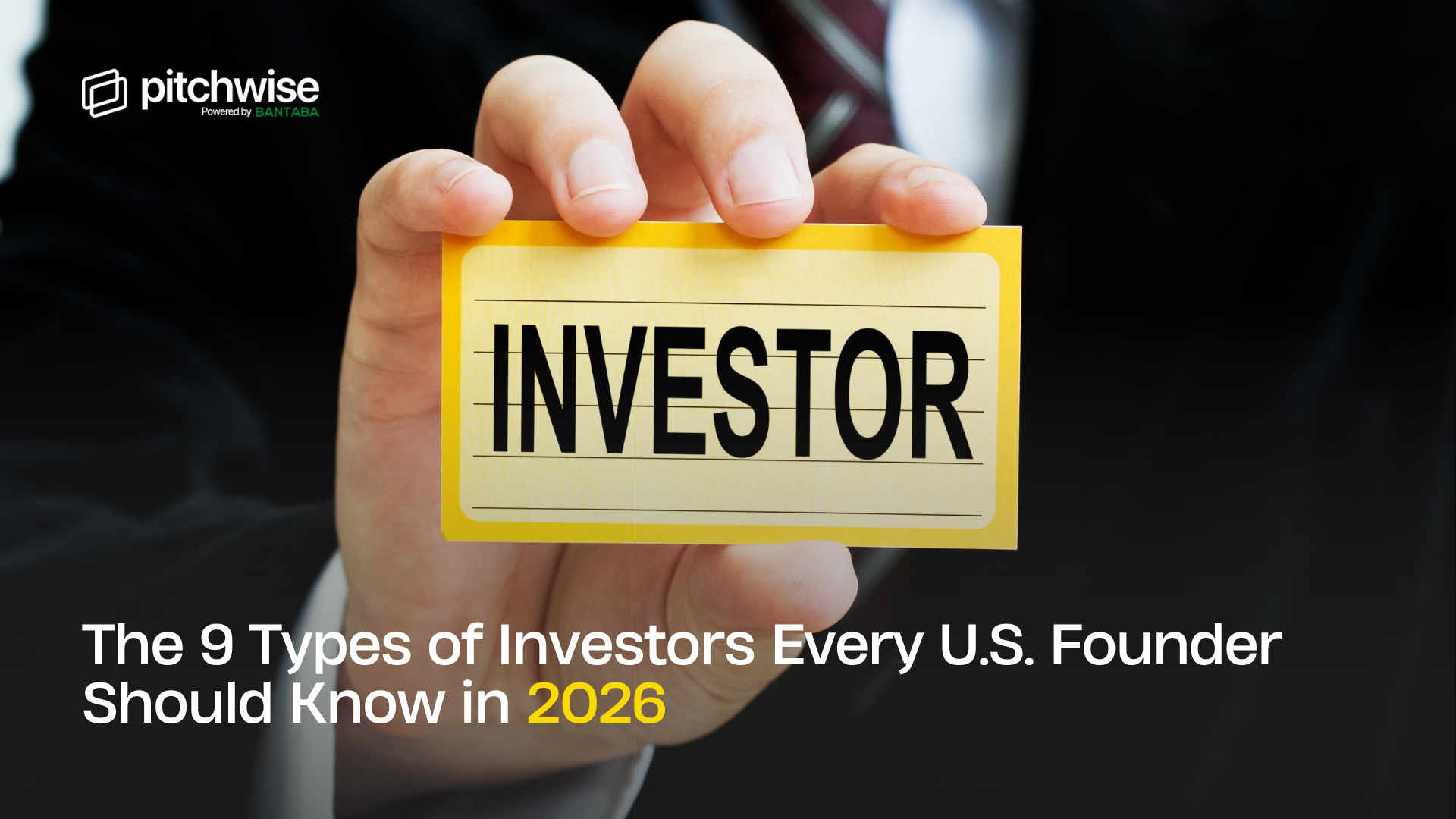


.png)


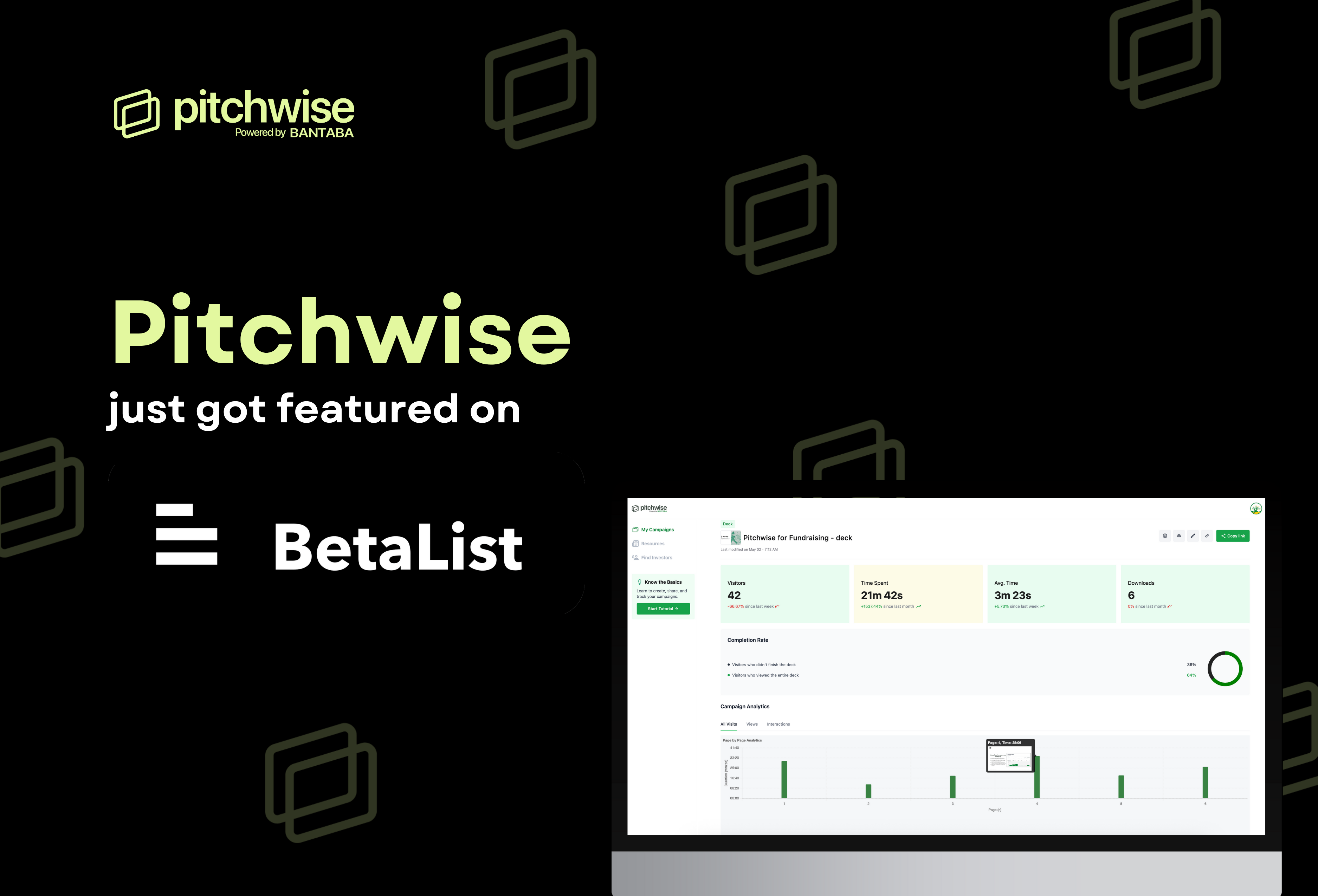
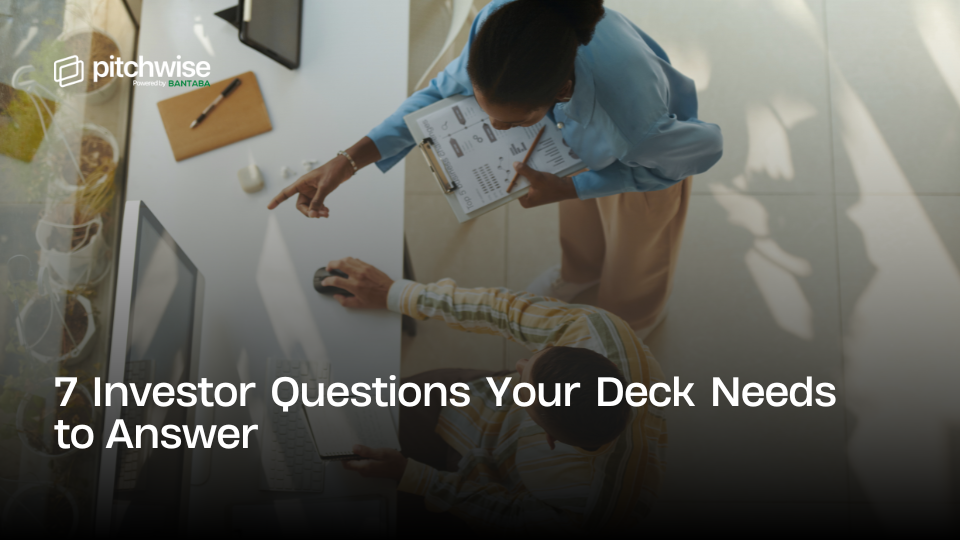


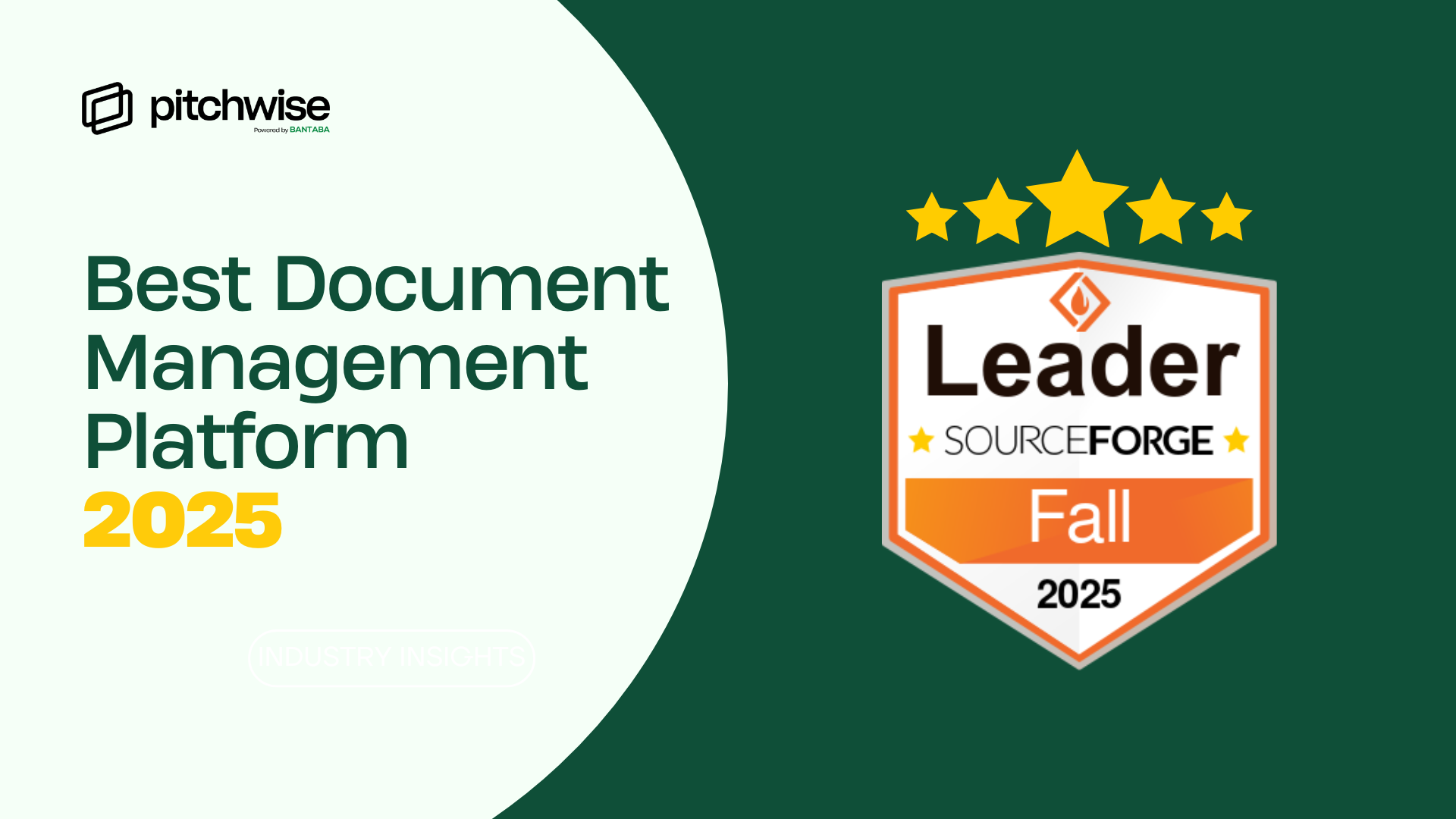
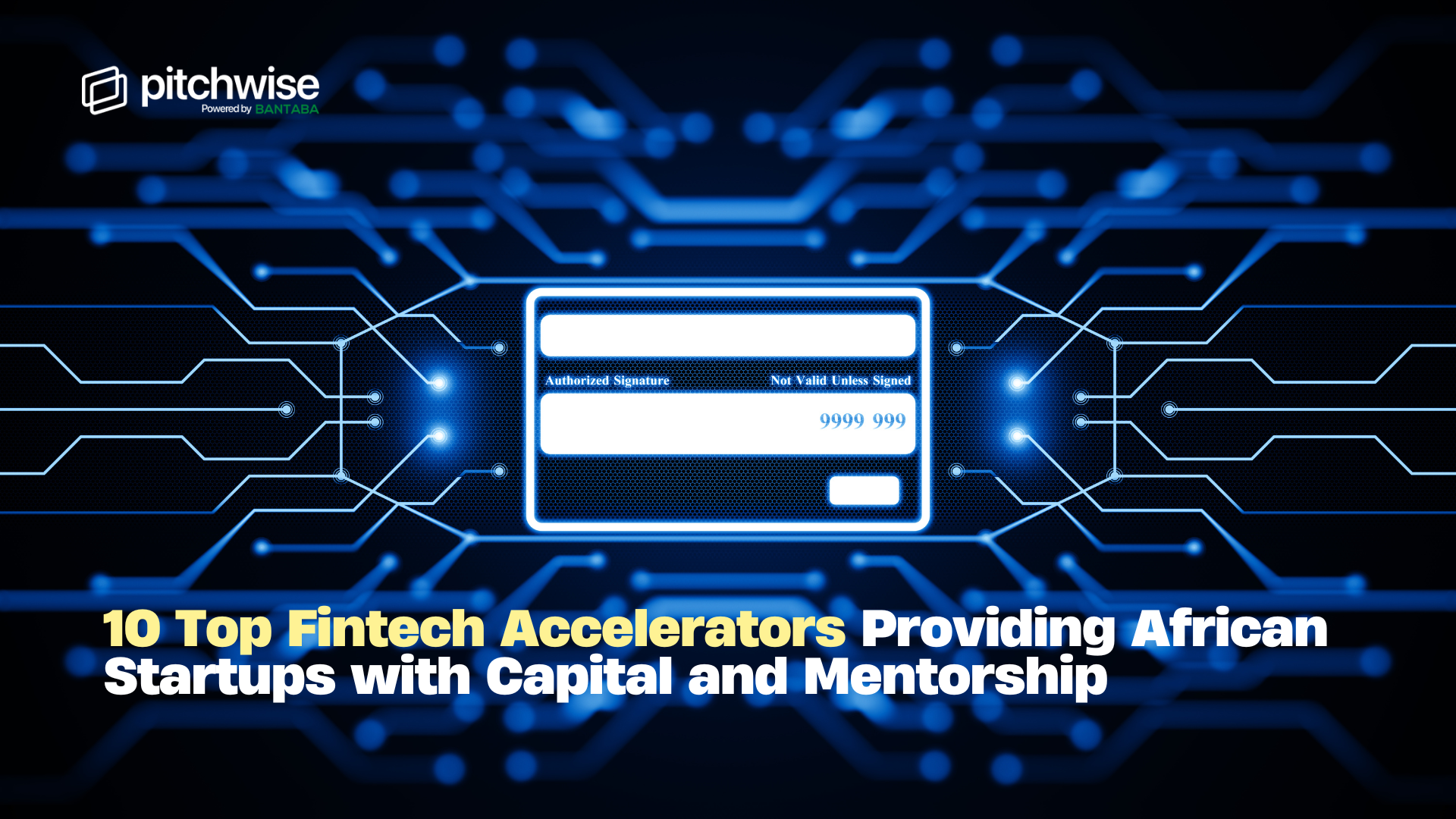
.png)
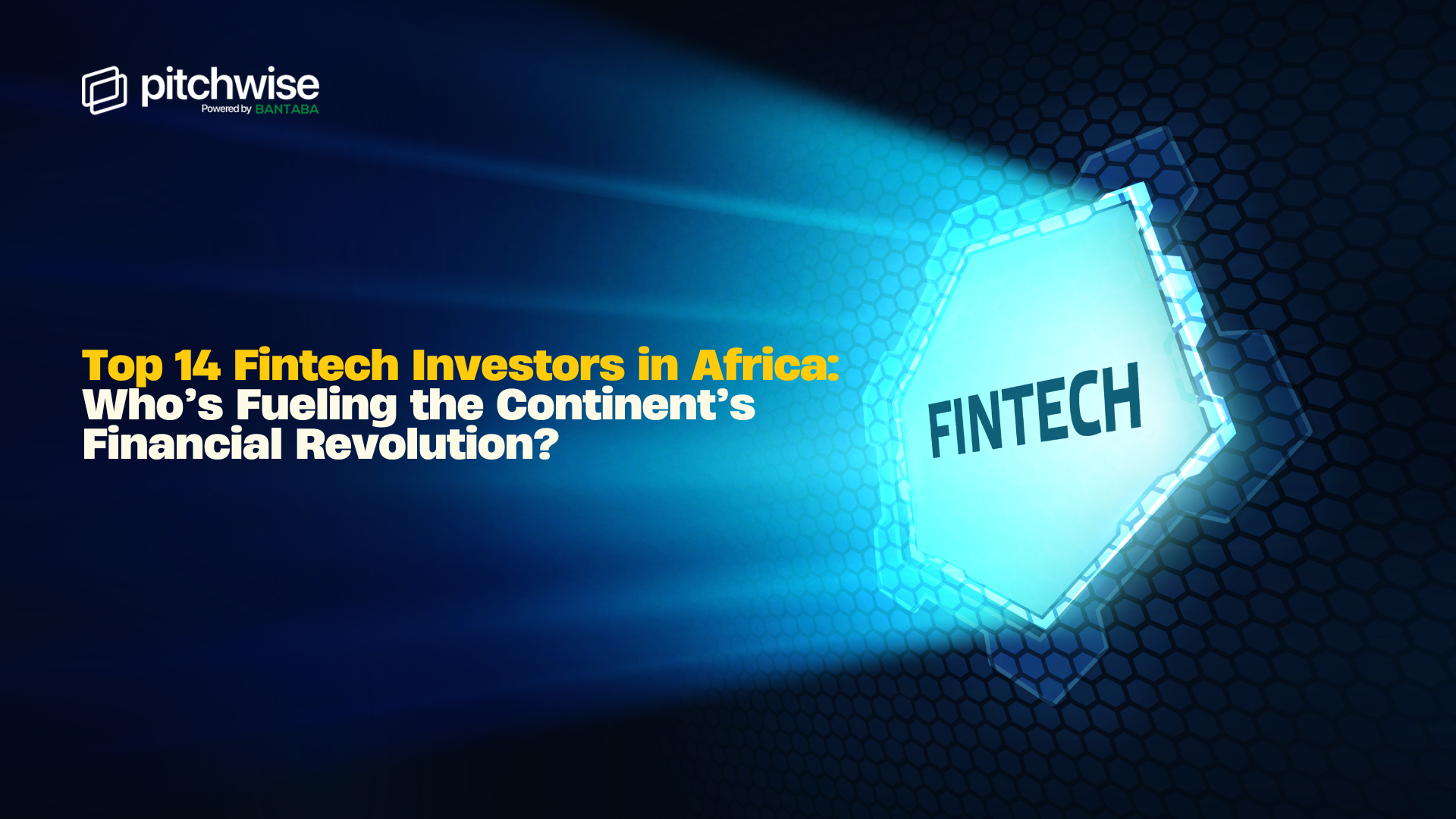
%20.png)
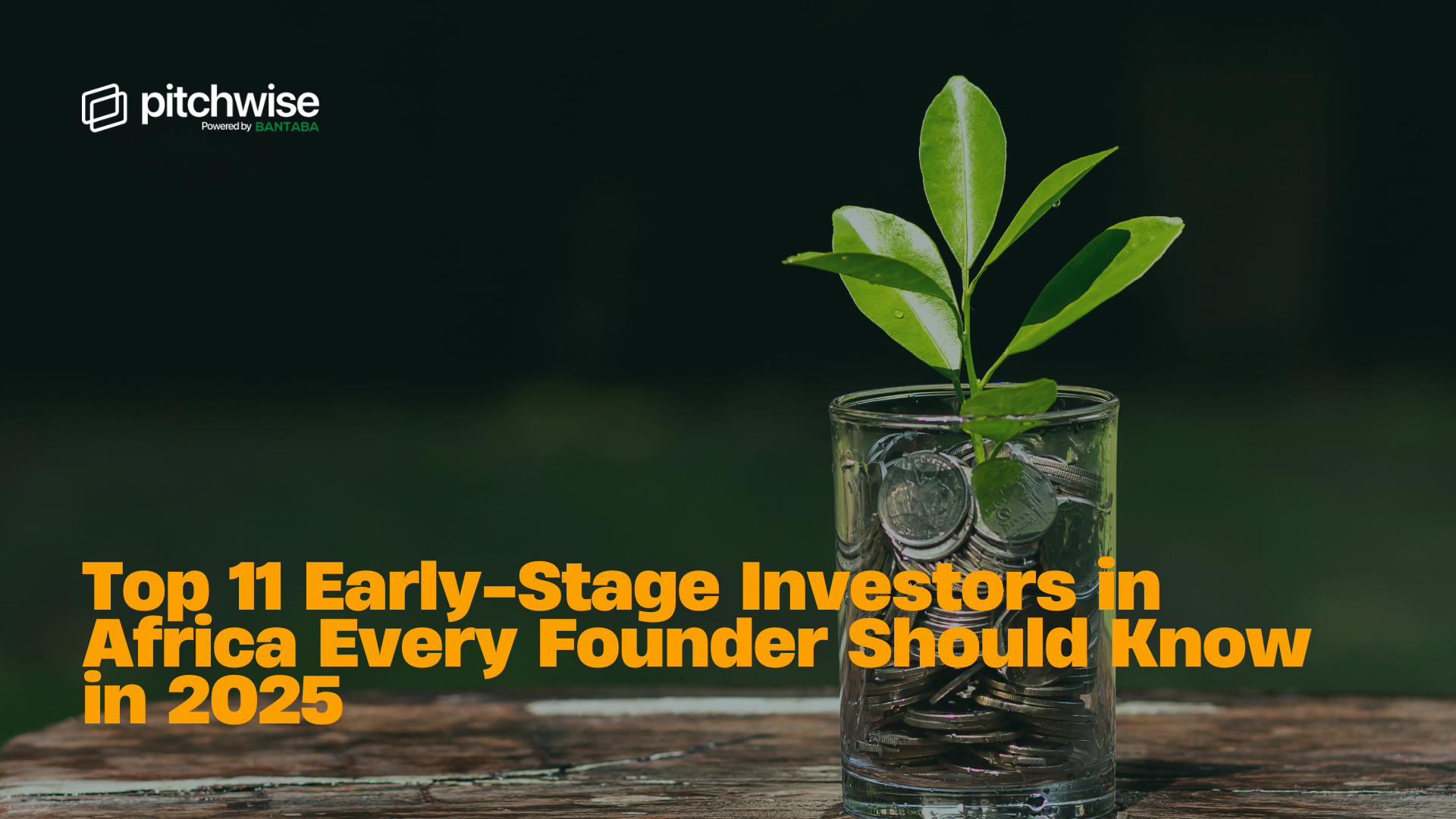
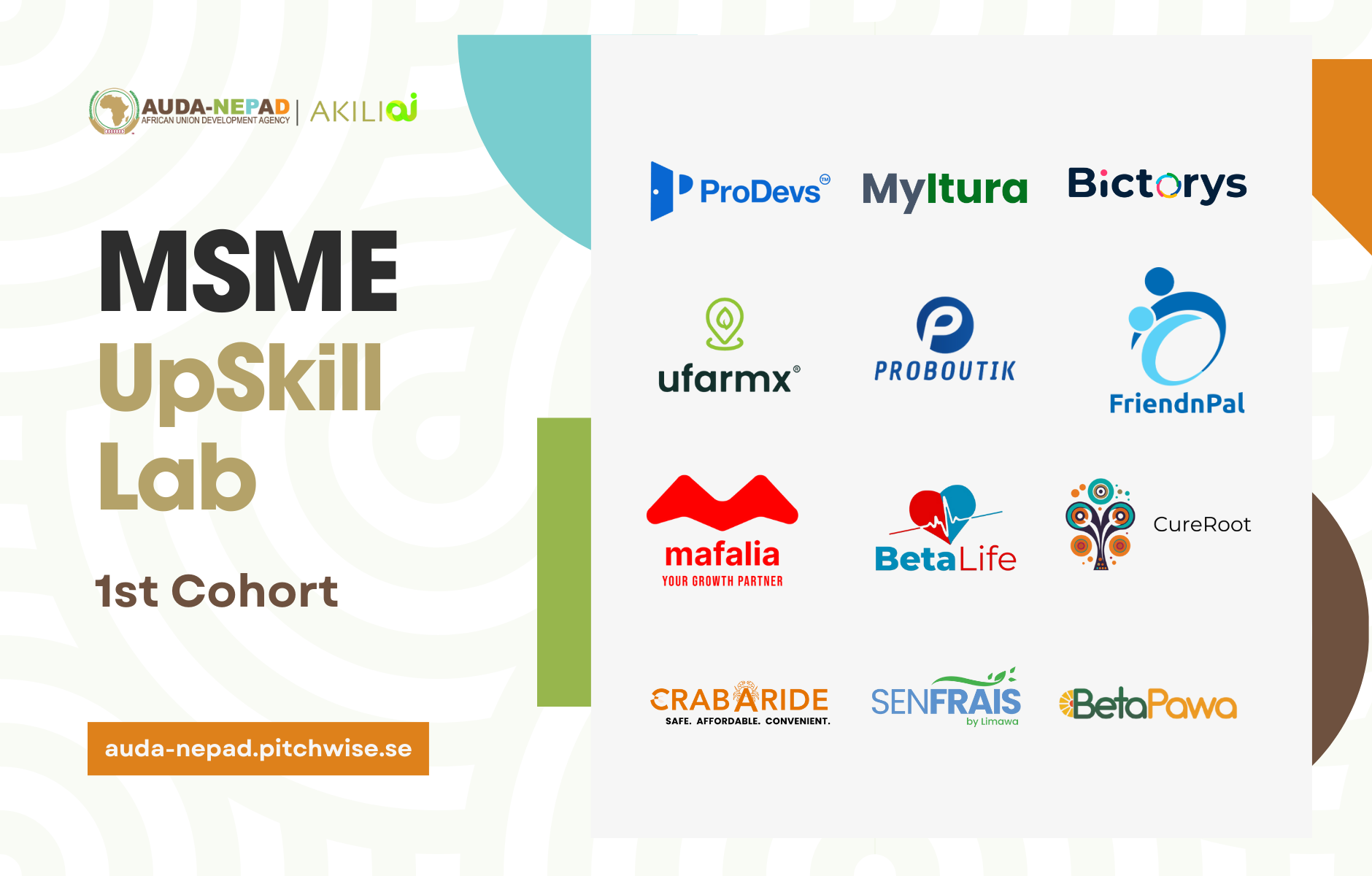
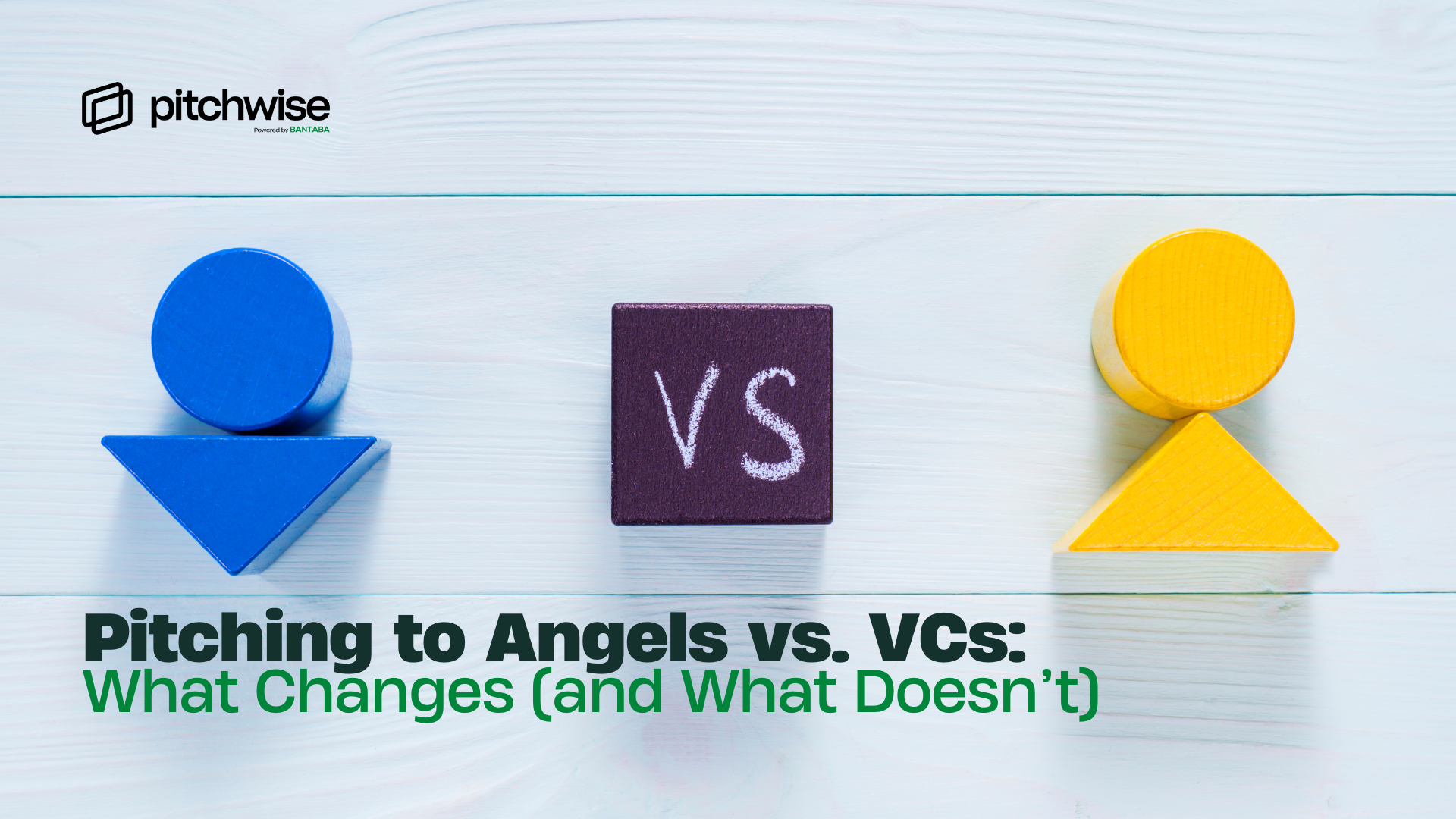




.png)

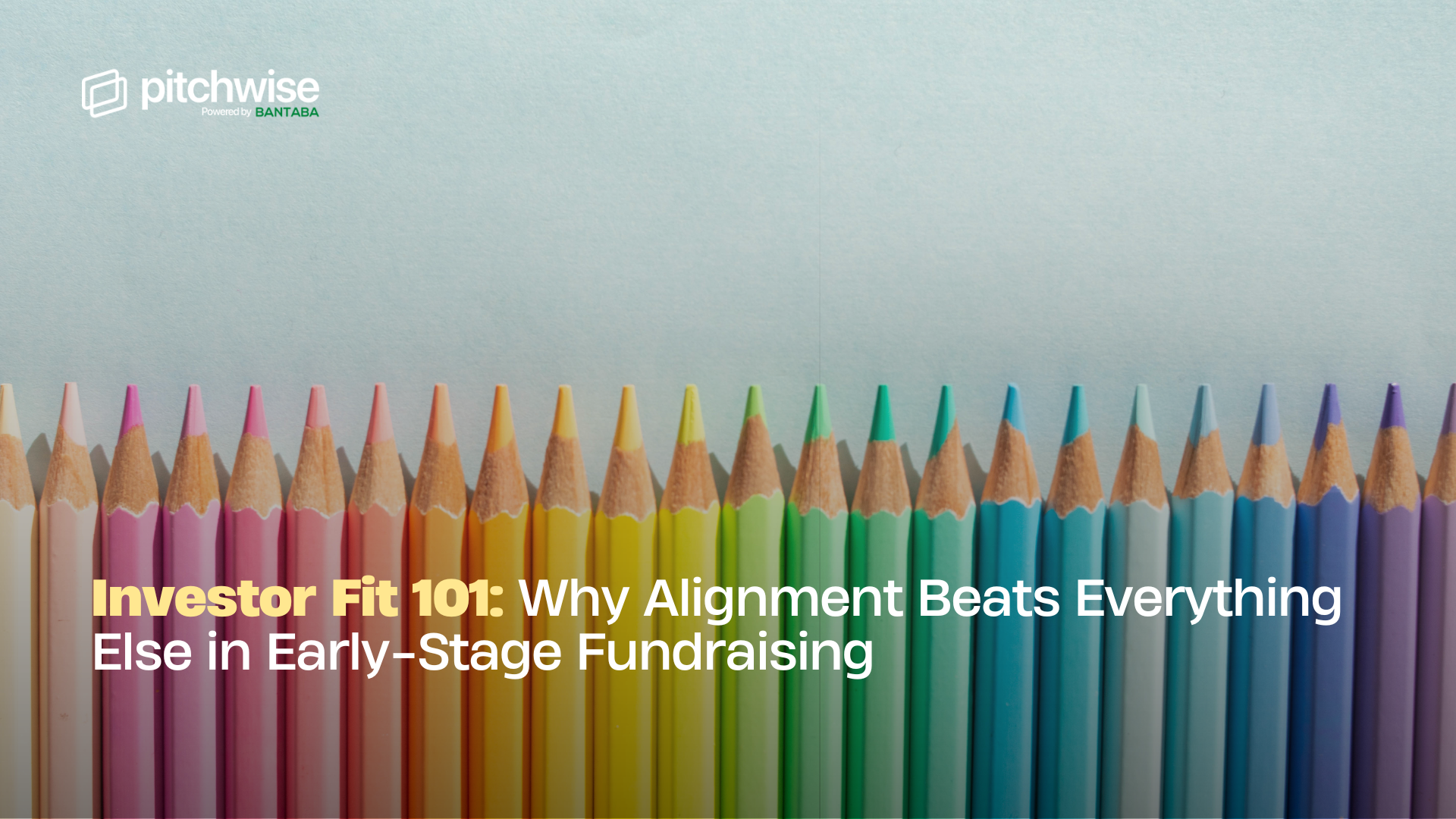
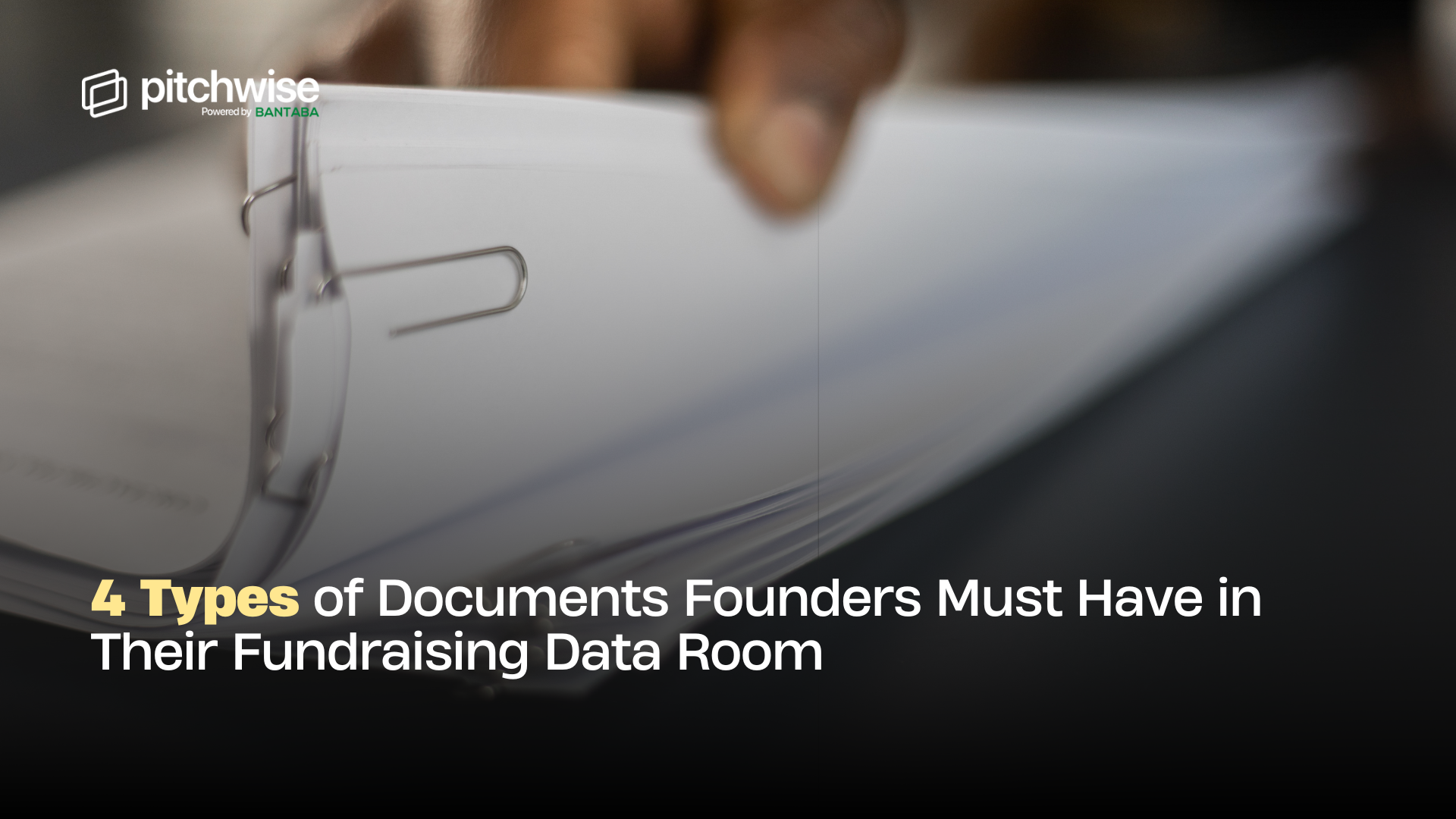
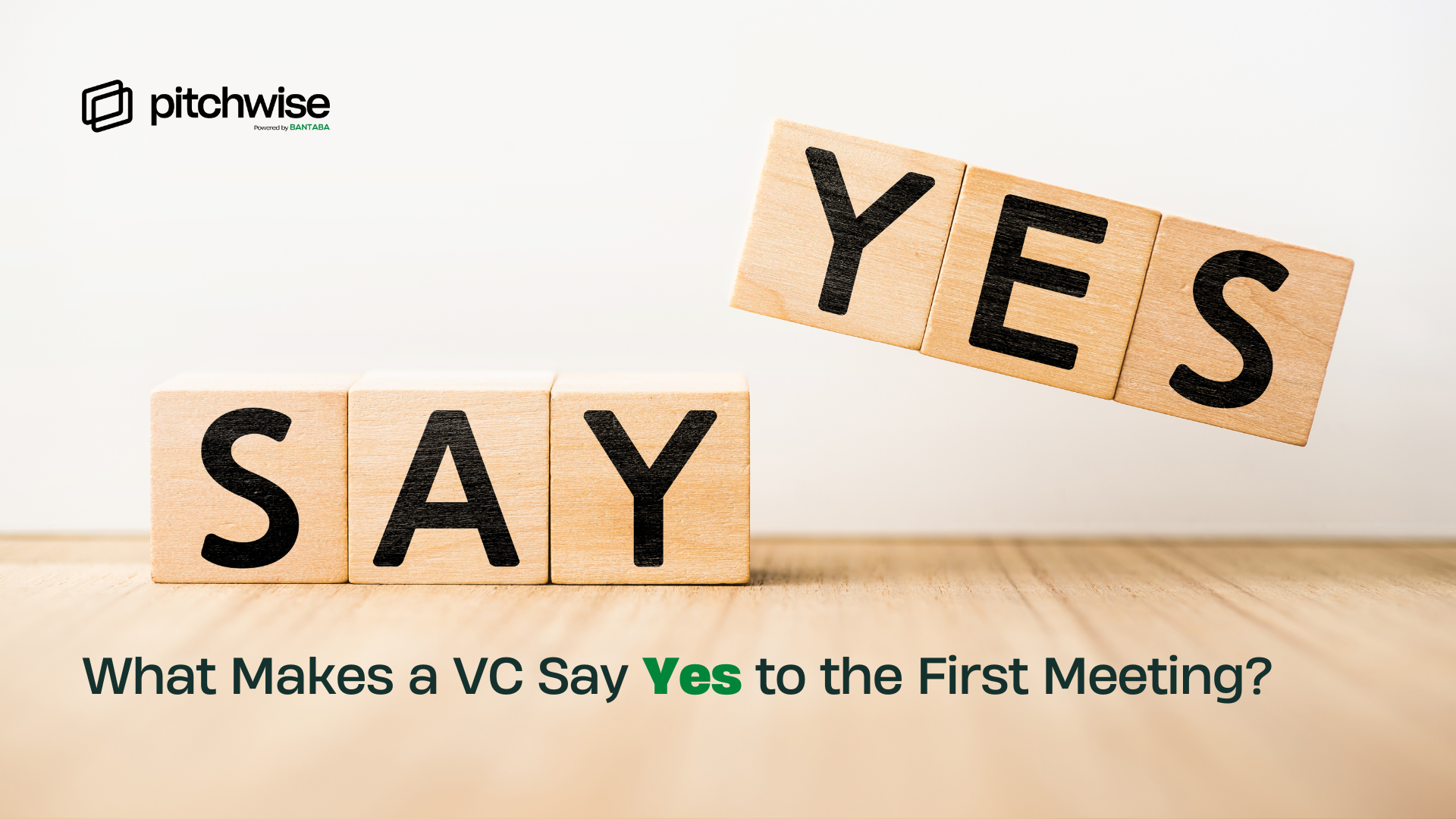
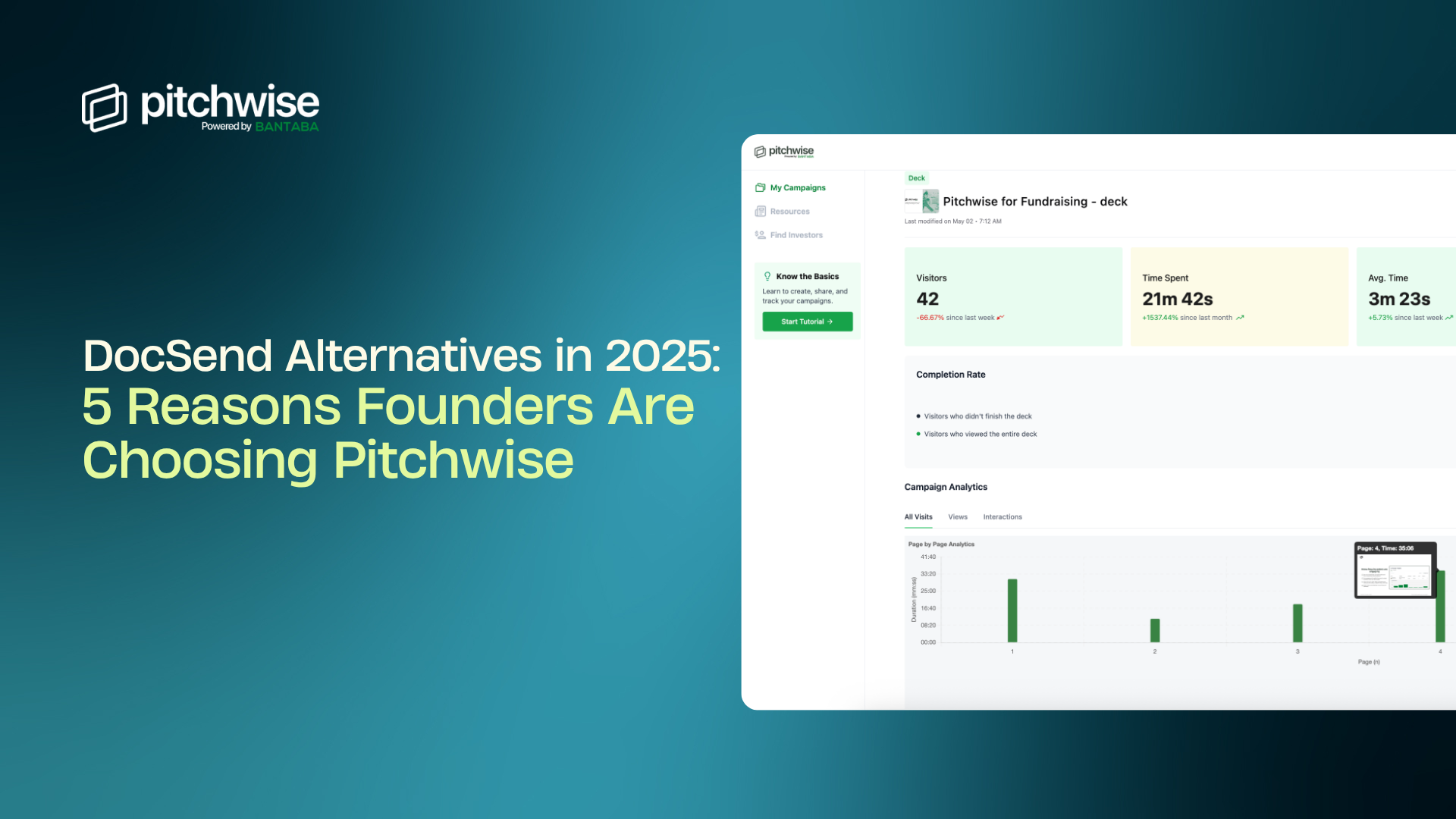
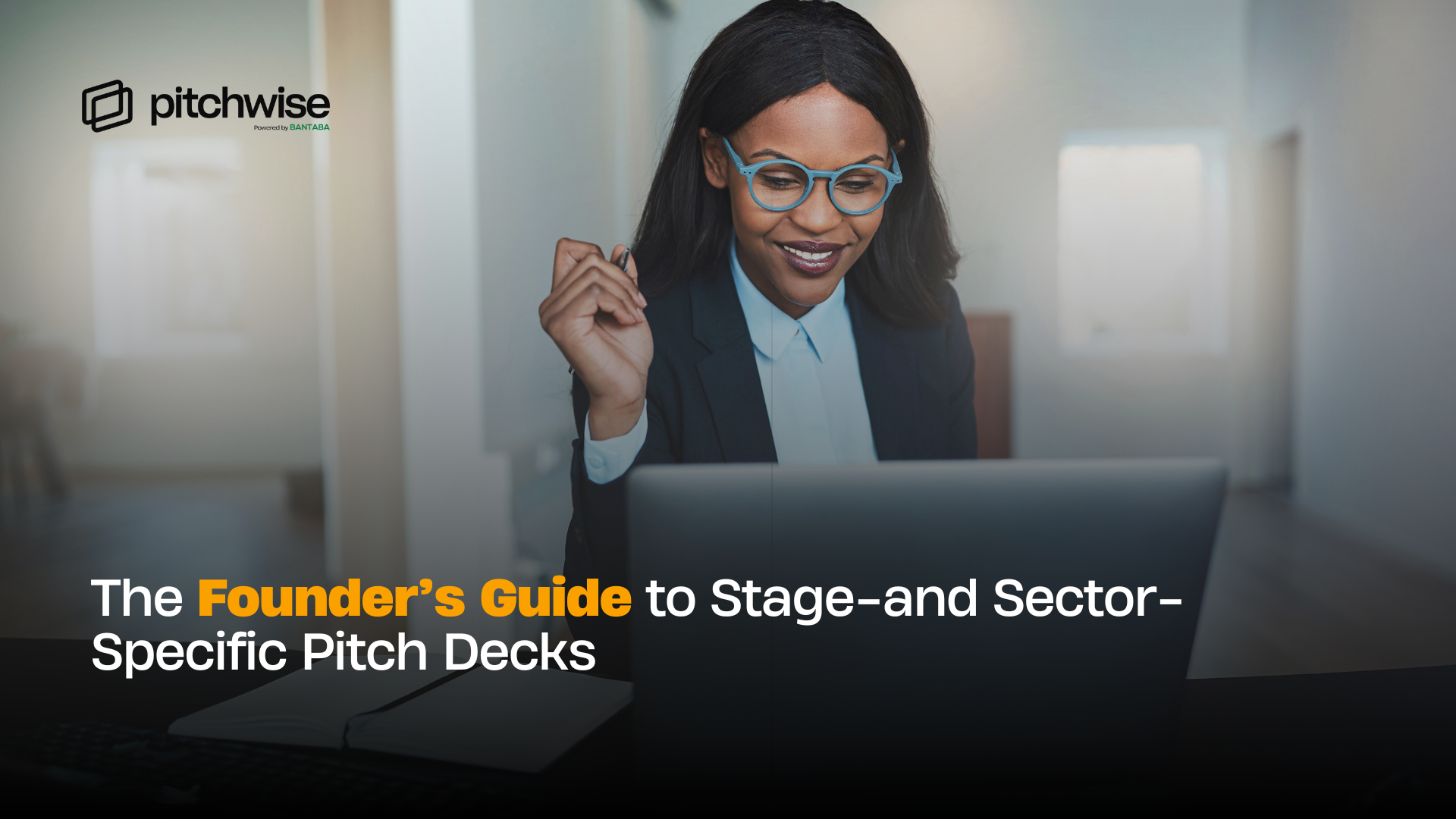









.png)

.png)



.png)
.png)


.png)
.png)



















